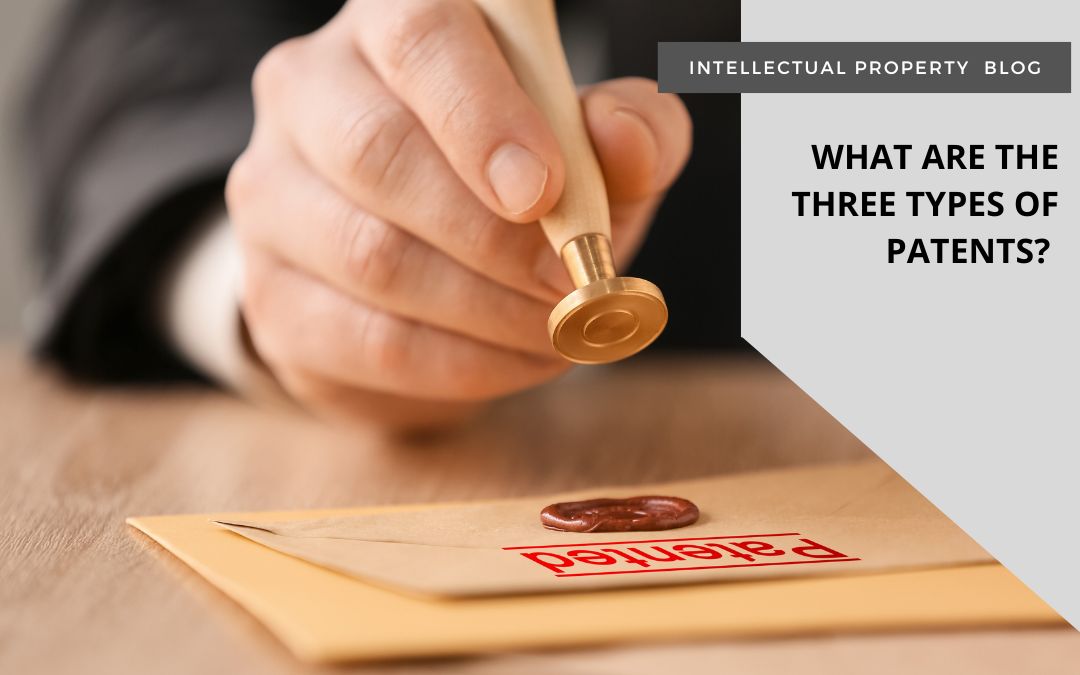Utility patents
Utility patents refers to inventions or discovery of new and useful process, machines (engine, turbine, computer), articles of manufacture (physical products such as a cup, broom, or ladder), or composition of matter (mixture of substances, pharmaceuticals, plastics, etc.). Patents may also protect improvements of an existing item. In simple terms, a utility patent protects the way an invention operates or functions for an average of 20 years.
Design patents
Design patents protect new, original, and ornamental designs for an existing physical object, an article of manufacture. An inventor may obtain both a utility patent and a design patent if their invention has a unique design or ornamentation. Often, design patent refers to unique shapes or styles across a broad array of products, from jewelry to cars and even computer emojis. In 1915, Coca-Cola patented the unique curve of their glass soda bottles. Design patents typically last 14 to 15 years.
Plant patents
Plant patents cover the asexual reproduction of any distinct and new variety of plants. This includes genetic engineering of hybrid crops, plants, and flowers. These new strains are often used to make food-producing plants more resistant to harmful effects such as insects and weather. Protections last 20 years.


